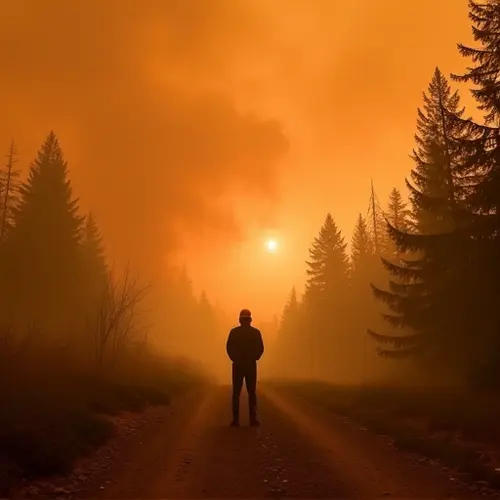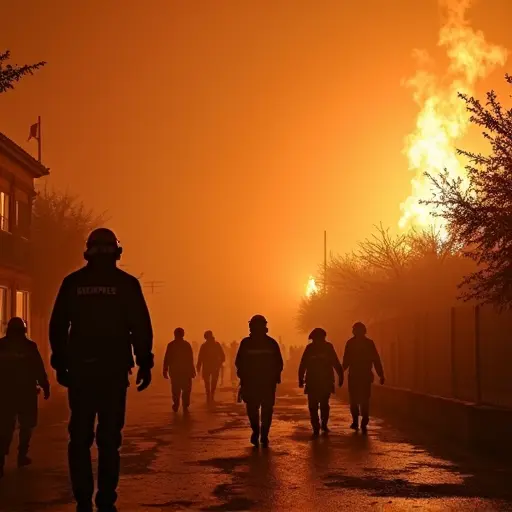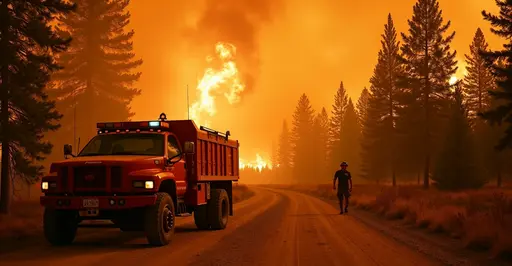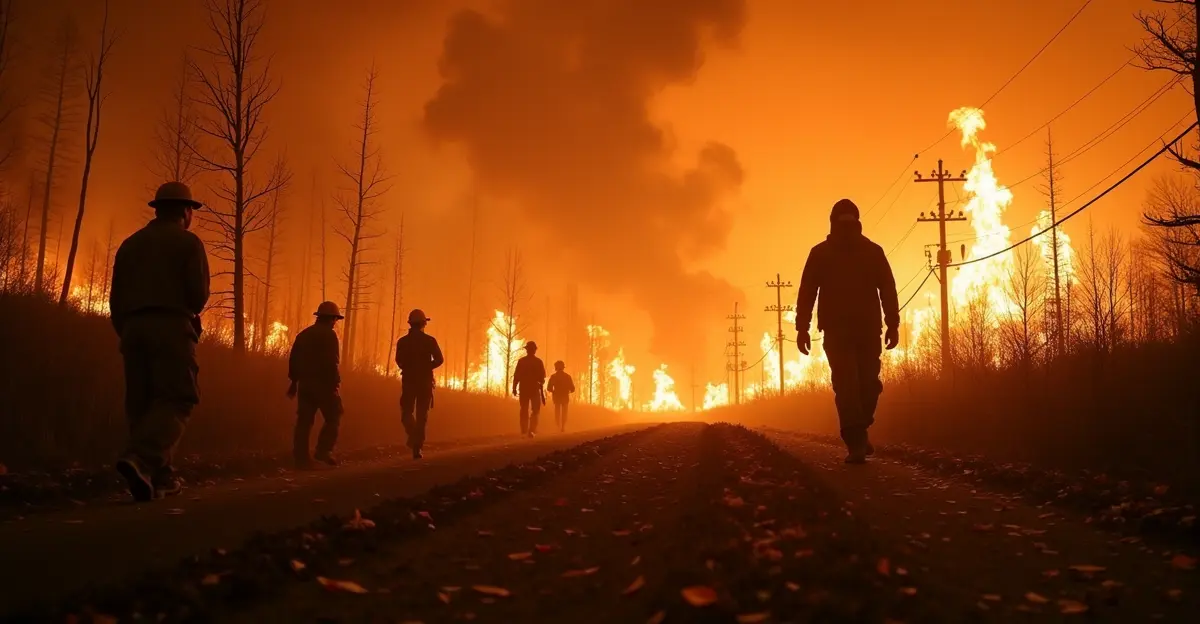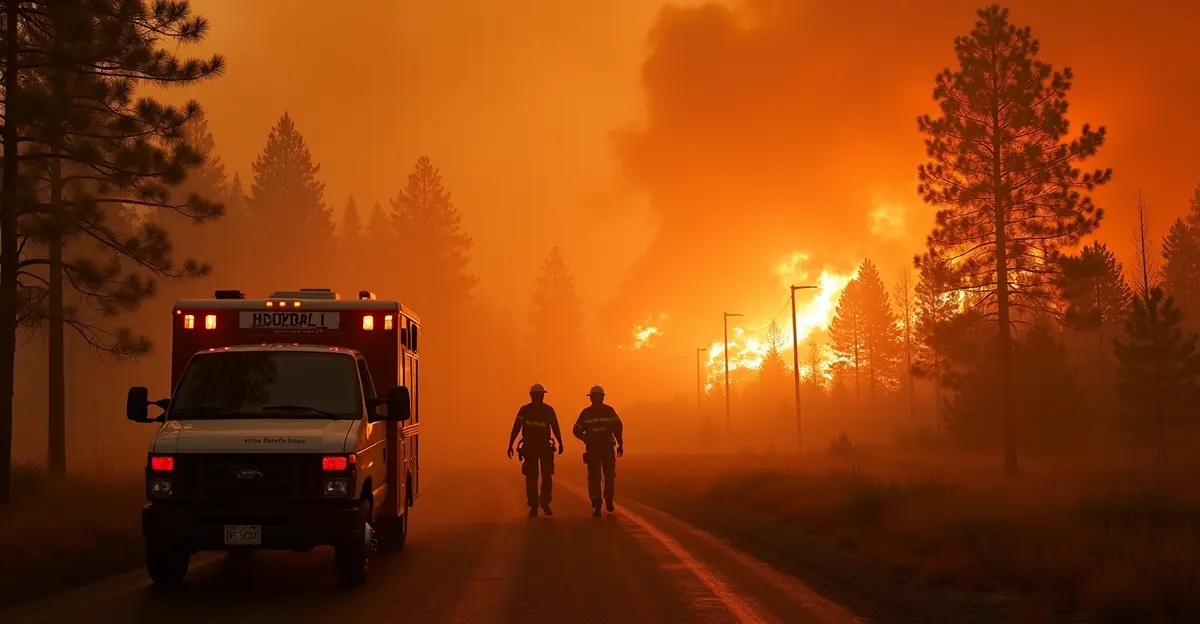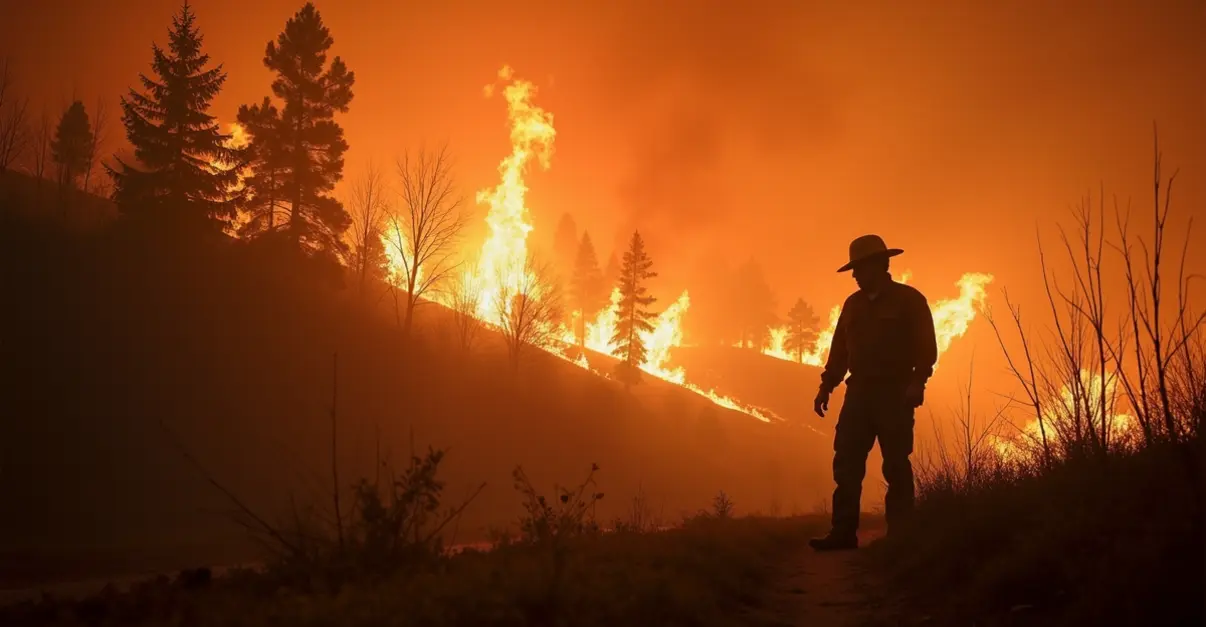Massive 2025 wildfires force widespread evacuations across North America, straining firefighting resources, creating hazardous air quality, and causing staggering economic losses exceeding $250 billion.
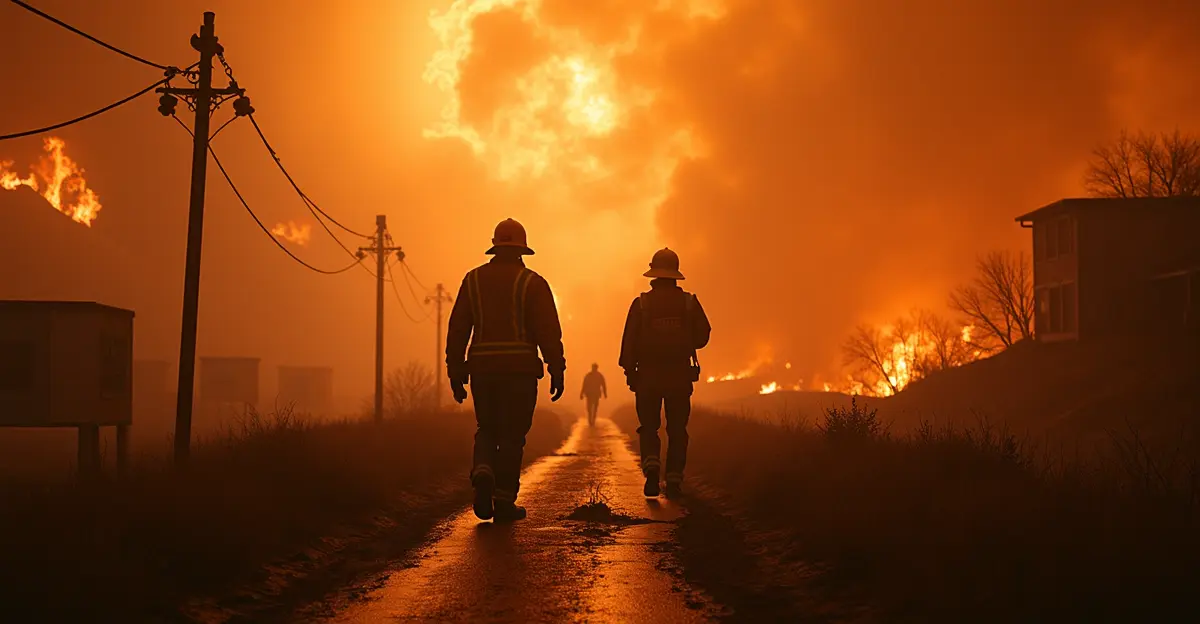
Unprecedented Wildfire Crisis Forces Thousands to Flee
The 2025 wildfire season has escalated into one of the most destructive in recent memory, forcing widespread evacuations across multiple regions in North America. From California's devastating blazes to Canada's second-worst wildfire season on record, emergency services are stretched thin as communities face the triple threat of immediate fire danger, hazardous air quality, and staggering economic losses.
Firefighting Resources Pushed to Their Limits
Firefighting crews are battling unprecedented conditions across multiple fronts. In California, Cal Fire deployed the world's largest civil aerial firefighting fleet of over 60 aircraft, including Grumman S-2T airtankers, Bell UH-1H Super Huey helicopters, and C-130 Hercules airtankers. 'We're seeing fire behavior that defies our traditional models,' said Cal Fire spokesperson Maria Rodriguez. 'The combination of extreme winds and dry conditions creates explosive growth that challenges even our most experienced crews.'
International cooperation has become crucial, with Canada sending night vision helicopters and Quebec providing Canadair CL-415 'Super Scoopers' to assist California operations. However, coordination has faced challenges, including a drone strike on one Canadian aircraft in restricted airspace and temporary FAA-imposed airport activity stoppages that interrupted critical firefighting operations.
Air Quality Crisis and Health Advisories
The health impacts of wildfire smoke are reaching alarming levels. According to Stanford researchers, wildfire smoke now accounts for up to half of particulate exposure in Northern California and causes approximately 40,000 American deaths annually - comparable to vehicle crash fatalities. 'We're dealing with a public health crisis that extends far beyond the fire lines,' explained Dr. Sarah Chen, an environmental health specialist. 'The smoke contains toxic compounds that can cause immediate respiratory distress and long-term health consequences.'
Health advisories have been issued across affected regions, warning residents to stay indoors, use air purifiers, and wear N95 masks when outdoors. The smoke has traveled thousands of miles, affecting cities across Canada and the United States, and even reaching Europe, demonstrating the global reach of local wildfire events.
Staggering Insurance and Economic Losses
The financial toll of the 2025 wildfires is unprecedented. The devastating Los Angeles wildfires in January alone burned over 50,000 acres, destroyed 20,000 structures, caused 30 fatalities, and resulted in US$30 billion in insured losses. When including longer-term latent damages, overall economic losses could exceed US$250 billion.
'These losses represent a fundamental shift in how we assess wildfire risk,' noted insurance analyst Michael Thompson. 'We're seeing that every $1 invested in prevention saves $13 in post-disaster costs, yet funding for proactive measures remains insufficient.'
The UCLA Anderson Forecast analysis reveals catastrophic economic impacts, with total property and capital losses ranging between $76 billion and $131 billion. The county-level GDP is projected to decline by 0.48% in 2025, amounting to approximately $4.6 billion, while local businesses and employees face $297 million in wage losses.
Evacuation Challenges and Community Response
Evacuation orders have affected tens of thousands of residents across multiple states and provinces. In Canada, the 2025 wildfire season has become the nation's second-worst on record, scorching over 7.3 million hectares of land. Unlike previous seasons confined to traditional fire-prone areas, this year's blazes have spread to new regions including Saskatchewan, Manitoba, Newfoundland and Labrador, Nova Scotia, and Ontario's Kawartha Lakes region.
'We never thought we'd be evacuating for wildfires here,' said Manitoba resident James Wilson, who was forced to leave his home for the third time this season. 'The geography of wildfire risk has completely changed.'
Emergency management officials emphasize that reducing risk at the source through prescribed burns, home hardening, and community engagement is the most effective strategy. Community programs like Firewise USA, property risk assessments with rebates, and prescribed burn associations are showing success in building resilience.
Looking Forward: Building Resilience
Experts agree that a fundamental shift in approach is necessary. The Center for Climate and Energy Solutions outlines five critical federal policy goals to address the worsening wildfire crisis: securing power systems, building strong infrastructure, ensuring cleaner air, developing a safe and skilled workforce, and implementing healthy lands management.
'We can't continue fighting these fires reactively,' said fire ecologist Dr. Robert Martinez. 'The solution lies in proactive prevention through research, community collaboration, and substantial investments in mitigation. The alternative is allowing wildfire smoke to define our future.'
As climate change continues to create tinder-dry conditions across North America, the 2025 wildfire season serves as a stark warning that no region is immune to these destructive forces, and that comprehensive, coordinated action is urgently needed to protect communities, economies, and public health.

 Nederlands
Nederlands
 English
English
 Deutsch
Deutsch
 Français
Français
 Español
Español
 Português
Português




